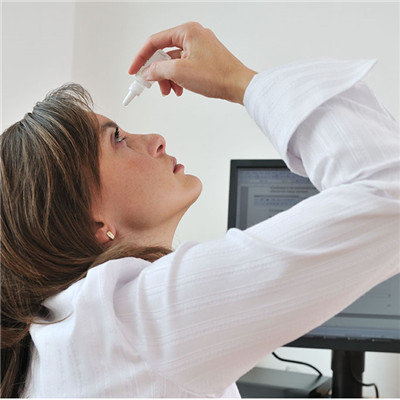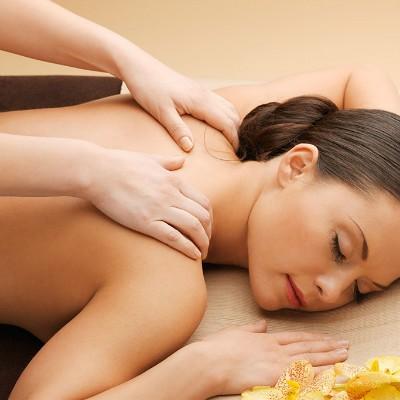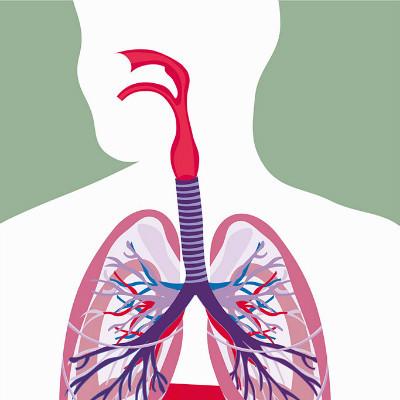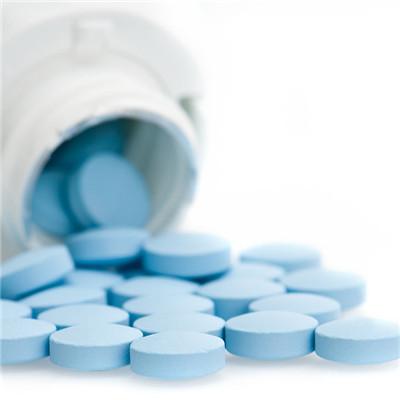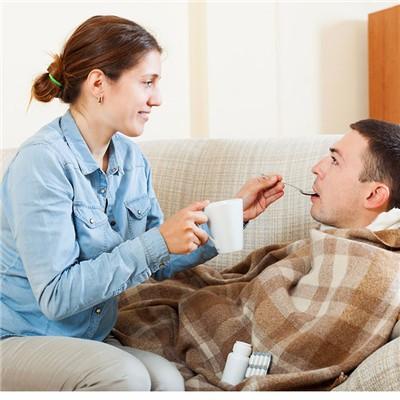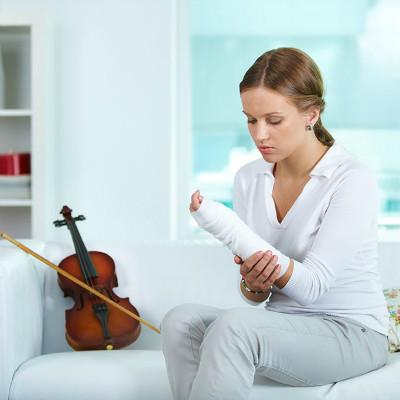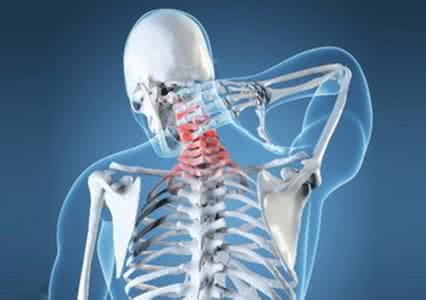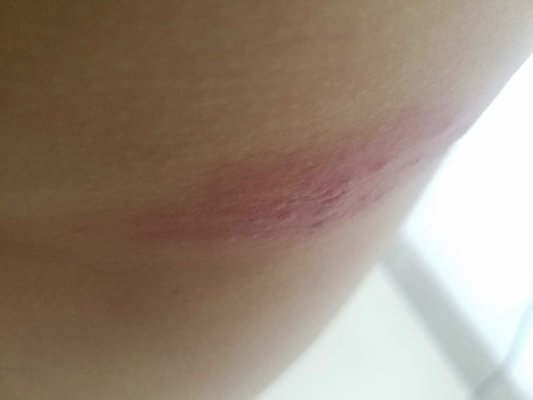How to treat medial and lateral collateral ligament injury of knee?
summary
The injury of lateral collateral ligament of knee is rare, which is mainly caused by the adduction of the medial leg by violence. When the knee is extended, the lateral capsule and biceps femoris tendon of the knee joint are in tension, which together with the anterior cruciate ligament and posterior cruciate ligament can protect the lateral collateral ligament of the knee. How to treat medial and lateral collateral ligament injury of knee? Next, I'd like to share my views with you.
How to treat medial and lateral collateral ligament injury of knee?
Non operative treatment is suitable for the patients with mild injury of lateral collateral ligament of knee. Knee adduction stress photography, joint space open 0.4cm, can use elastic bandage pressure bandage; The joint space was 0.5-1.2cm wide, and the blood in the knee joint was drained and bandaged, and the knee was bent for 20 minutes °~ thirty ° After 6 weeks, the plaster was removed and the knee joint activity was started. During plaster fixation, quadriceps femoris contraction training should be strengthened.
The complete rupture of the lateral collateral ligament of the knee was considered unnecessary in the past, but recent observation showed that some patients without repair had obvious sequelae, which often led to instability of anterolateral rotation of the knee joint, especially with anterior cruciate ligament injury.
When combined with posterior cruciate ligament injury, posterolateral rotation instability and posterior rotation subluxation of tibial lateral condyle occurred. Therefore, in recent years, once the diagnosis of severe lateral collateral ligament rupture is confirmed, surgical repair is decided.
matters needing attention
1. Quadriceps static contraction exercise, 10 seconds each time, and then relax for 10 seconds, a total of 5 minutes; 2. Straight leg raising exercise, using the weight of the maximum load 10 times, raising the leg 10 times; 3. Isometric knee extension exercise 15 times; Hip extension, flexion, adduction and abduction 20 times each.

